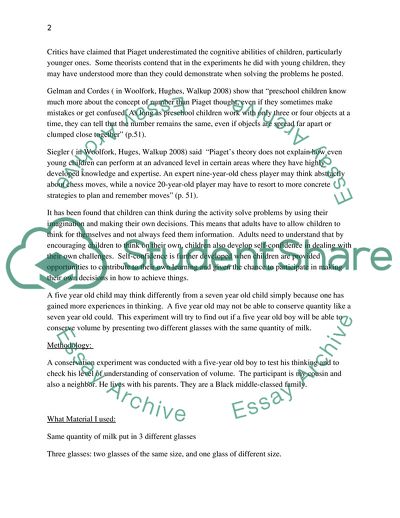Cite this document
(Child Knowledge and Intelligence Term Paper Example | Topics and Well Written Essays - 1977 words, n.d.)
Child Knowledge and Intelligence Term Paper Example | Topics and Well Written Essays - 1977 words. Retrieved from https://studentshare.org/psychology/1747493-research-project-report
Child Knowledge and Intelligence Term Paper Example | Topics and Well Written Essays - 1977 words. Retrieved from https://studentshare.org/psychology/1747493-research-project-report
(Child Knowledge and Intelligence Term Paper Example | Topics and Well Written Essays - 1977 Words)
Child Knowledge and Intelligence Term Paper Example | Topics and Well Written Essays - 1977 Words. https://studentshare.org/psychology/1747493-research-project-report.
Child Knowledge and Intelligence Term Paper Example | Topics and Well Written Essays - 1977 Words. https://studentshare.org/psychology/1747493-research-project-report.
“Child Knowledge and Intelligence Term Paper Example | Topics and Well Written Essays - 1977 Words”, n.d. https://studentshare.org/psychology/1747493-research-project-report.


